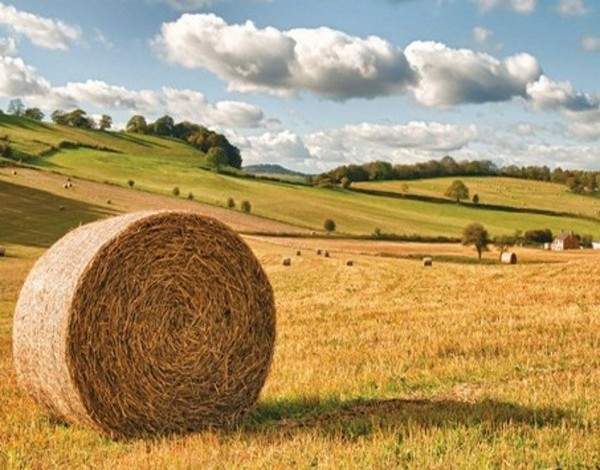

The report, from the Royal Institute of Chartered Surveyors, has found that since 2004 farmland has risen to around £7,441 per acre, up from £2,400 less than a decade ago. By contrast, super-prime property in London was already £7,000 per square foot in 2001.
Among our rolling fields the rise has been sharp: demand for commercial farming land, high profit margins and favourable tax treatment have all helped.
And there is still further to go. Savills’ head of Rural Research, Ian Bailey, points to the investment potential: ‘There has been strong investment performance of farmland – it outperformed most other assets over the past ten years (annualised) with capital growth outstripping Prime Central London residential over the past five years.’
Large, fertile arable tracts are highly sought over smaller pastoral fields. Although, as Bailey attests, there are ‘signs of a more positive mood swing in this sector of the market’, pointing to a rise across rural real estate as a whole, especially as smallholdings often have residential potential.
Although real estate as a whole appears a good investment on an island with Europe’s fastest rising population, price rises in both the rural and the urban markets do not mean they are the same (farmyard) beast.
Louis Staples, a National Farm Union surveyor commenting on the RICS report, highlighted the crucial difference between houses as assets and farms as business ventures: ‘While the report underlines the inevitable investor interest in land as a safe haven, we shouldn’t forget that the overwhelming majority of farms in the UK are family-run businesses. While rising asset values are undoubtedly a positive, it is likely that few will be planning to capitalise on the increase in value of the land.’
So it seems like however much farmland rises, if you want to make money out of it, it will still be better for you to work it than sell it.
Read more on farmland from Spear’s
Read more from Wealth Wednesday






